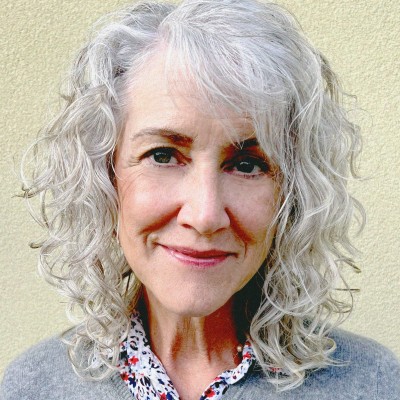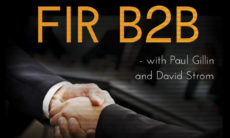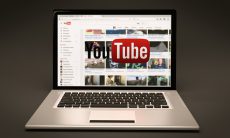Mary Ann Bautista and I first met in the ‘90s, when she was a remnant space broker, and I was buying a lot of media for Book of the Month Club. Her company has since moved into direct-response radio, and later video advertising, which is of course a very hot topic these days in B2B and everywhere else.
When I mentioned to Mary Ann that I now co-host a podcast, our conversation turned to podcast advertising as a lead generator. Mary Ann explained that many hosts are missing the boat when it comes to getting the most out of their podcasts. I was all ears.
Here’s what she told me:
Q: What’s the problem here? What are podcasters doing wrong?
The problem is getting enough of the right audience to listen to your podcast, so that the effort pays off. Don’t just throw a podcast up on the podcast distribution sites. While these platforms have internal search tools, most listeners don’t use them. An industrious listener might stumble upon your podcast, but most likely they will not find you. (That said, there are best practices to follow for podcast show and title descriptions.)
Q: What should B2B podcasters be doing to promote their programs? Give us your top must-do tactics.
The first step is to stop thinking of your program as a mere podcast. It is better viewed as valuable digital content. It should be repurposed and distributed wherever your target audience exists. I hope that you are already repurposing the content on your blog, on your website, and through your social media channels. You should also syndicate it to your industry’s trade magazines and sharing sites like LinkedIn and Facebook.
But taking your content to video is the next step. Why? Because that is where your target is. How do I know that? Because EVERYONE is on YouTube! YouTube is the world’s second largest search engine.
Plus, Google assigns YouTube video high authority and high ranking in its search returns. So even if your target is not searching for your particular solution in YouTube, Google will find a well-optimized YouTube video and offer it up in their regular search returns. Google loves video.
The third step is to choose a creative approach for the video version of your audio podcast. Here are four simple methods.
- Record the audio podcast on Zoom, in the first place.
- Use basic software like Streamyard or Bandicam to record the show.
- Create a graphics-only video with headshots of you and your guests.
- Create a simple moving graphic with morphing shapes and other eye-catching material.
- I recommend the first two tactics over the second two, as we have found them more engaging and interesting to watch.
Q: OK, so far, so good. What else should we do?
The video content needs to be optimized and marketed. Keep in mind that YouTube is both a video platform and a social media platform. So, you need to optimize your YouTube channel to appeal to the YouTube algorithm in the first place.
YouTube SEO consists of two significant aspects, on- and off-page. Let’s look at each of these.
On-page optimization prepares your content to be indexed and crawled by YouTube’s algorithm. YouTube’s bots need to understand what your video is all about, and place it in front of the right audience. The process involves keyword research, content planning, and optimizing titles, descriptions, tags, and thumbnails. You also need to optimize playlists, cards, and end screens.
Off-page optimization drives views from external sources such as Facebook, Google Search, Reddit, Twitter, Medium, Instagram, Quora, backlinks, and other social bookmarking sites. These sites pass their domain SEO authority to the YouTube videos linked to them, giving a social-signal boost and taking advantage of the power of backlinks, which Google values highly.
Finally, you can gain an advantage with smart content planning, based on keyword research. When you know what folks are searching for, you can reverse engineer your content to get the most targeted traffic to your channel. I recommend you start with the least competitive keywords to drive ranking and views more quickly.
Q: I know you’re a fan of process and automation. Any tips on how busy marketing departments (or sole practitioners) can save time/money in execution?
Unless you have a YouTube optimization team on staff, we recommend using a service partner. Choose a partner with proven success in driving viewer, subscriber and engagement numbers for others.
Q: Where is podcasting and podcast marketing going? Are there any developments on the horizon we should be preparing for?
Podcasting is growing at an unprecedented pace. There are now 48 million podcast episodes, and over two million active shows.
The takeaway here is that if you are thinking about developing a podcast for your business funnel, do it now, before your competition gets a foothold with the keywords. It’s always easier to build organic traffic than to overcome a competitor who got there before you.
One final tip: Podcasters should distribute their podcast content on social media. Pull audio and video content from the podcast to share on LinkedIn, Twitter, and everywhere else. This brings the content full circle and maximizes its value.







